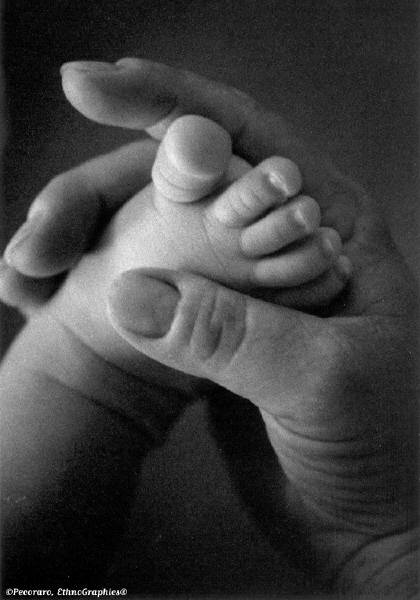|
|
Response Papers |
|
Students are required to complete 7 of 12 response papers (with each response paper worth 20 points). Papers are 3-4 page (double-spaced) essays responding to a particular question based on the readings for that week. Response papers are well-written, well-organized, succinct (no lists!), scholarly in style, focus directly on the question at hand, and are thoughtful reflections on the material, supported by the readings (cite where appropriate), rather than personal experience. Papers should adhere to APA style in their format. In some cases, you may be asked to revise an essay and resubmit for a grade. All students should complete the first three papers and four more of their own choosing. Papers are due in class on the date listed (you must attend to submit a paper) and no late response papers will be accepted. Response Question #1 (9/7)- Piaget and development
NOTE: Everyone should complete this paper.
Response Question #2 (9/14) – Psychoanalytic and Social Learning Theory
NOTE: Everyone should complete this paper.
Response Question #3 (9/21) – Contextual Approaches
Response Question #4 (9/28) – Ethology Discuss the application of the ethological approach to the study of (a) attachment and (b) peer relations. For each area of study, describe how the ethological approach has influenced both the focus and content of the research, and the methods used to study it. In what way does an ethological approach limit our understanding of these topics?
Response Question #5 (10/19)- Culture Discuss the role culture plays in development. Provide examples of "how culture is central to the process of development" (Cole, p. 62). How do Developmental Systems Models (Ch. 1) account for culture and social context? In your opinion, do they succeed in accounting for culture as Cole defines it?
Response Question #6 (10/26)– Neuroscience and Cognitive Development CHOOSE ONE OF THE FOLLOWING QUESTIONS: 1) Elaborate on the following quote from the text:
OR 2) Discuss the relative contributions of each of the theories/theoretical orientations presented in the text (Piaget, NeoPiagetian, Psychometric, Information Processing, Systems) to our understanding of cognitive development. If you were to develop a theory of cognitive development, what elements of these theories would you adopt, and what do you think is missing from these explanations of cognitive development?
Response Question #7 (11/2) – Perceptual Development and Language Development CHOOSE ONE OF THE FOLLOWING QUESTIONS: 1) What possible relations exist between language and cognitive development and what role does biology play in the process? OR 2) A central question in the study of perception concerns the relative roles of biologically-based skills and experience. Present evidence for both of these positions (as well as the interaction between them). Why will this “debate” never fully be resolved?
Response Question #8 (11/9) - Temperament, Emotion, and the Self
Response #9 (11/16) – Gender and Moral Development Discuss some of the important sex differences observed during childhood in terms of gender identity, toy preference, and play. What theoretical explanations are offered for these differences?
Response #10 (11/23) - Peer/ Family Relationships Use Bronfenbrenner’s bioecological theory (review Miller and Bronfenbrenner & Morris readings) to explain the family’s influence on children’s development.
Response #11 (11/30) – Peer/Community Influences
|
| Back to top |
